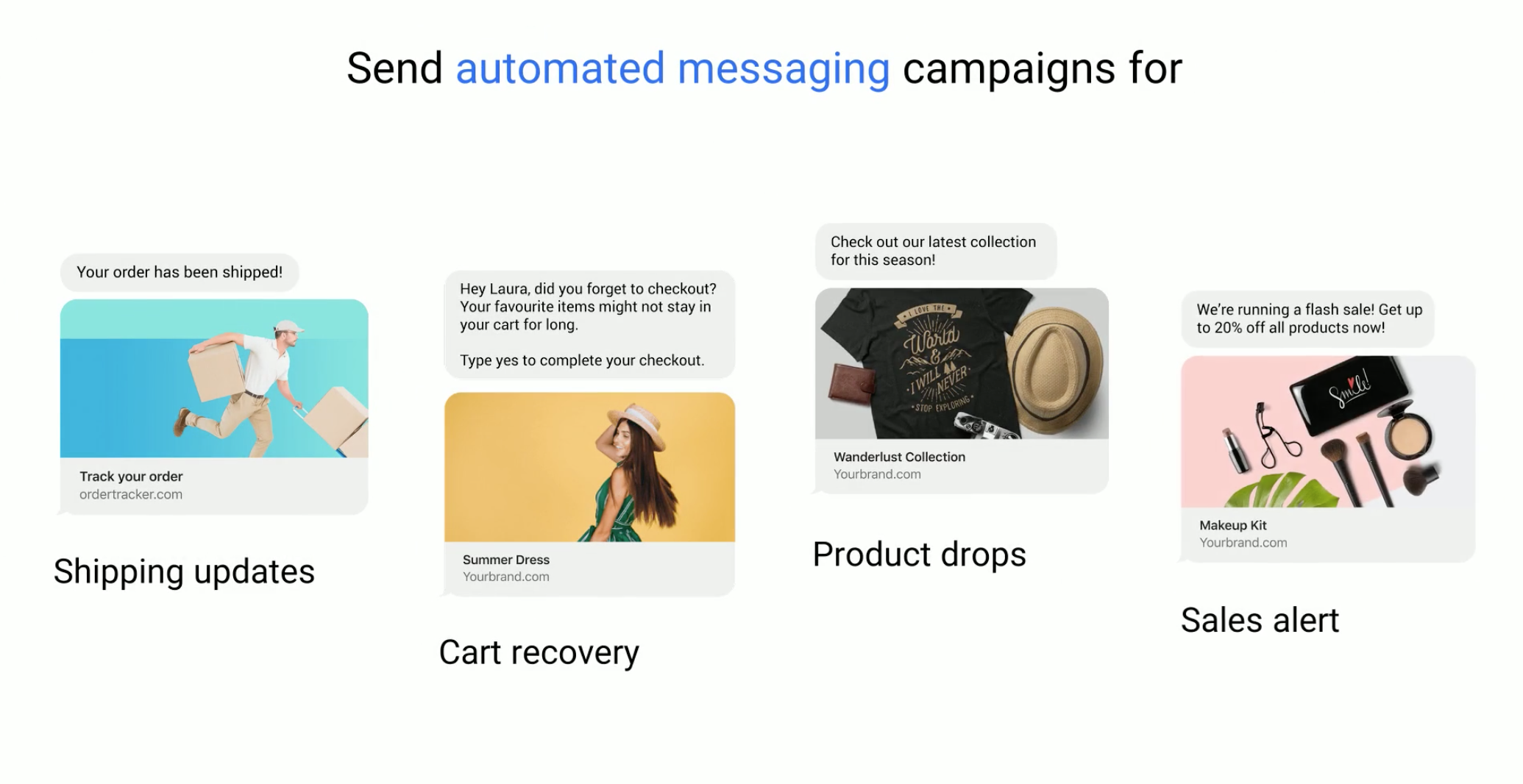The Top 5 Trends Coming to E-commerce in 2020
Online shopping continues to outperform the in-store traditional retail experience, and as technology and software advances faster than fashion trends, businesses playing in the online commerce field must be agile enough to adapt to keep up with the competition.
Looking to some of the best in the online marketing industry, we pulled together our findings to share with you what is on the horizon in the e-commerce space for both B2B and B2C organizations.
Whether you’re selling on WooCommerce, Shopify, SquareSpace, or Social Feeds, this article will give you the edge in how you can approach your digital marketing strategy.
In anticipation of the digital rise and adoption of e-commerce brands, here’s a highlight of the top five that will dictate the pathway to success for 2020.
1. Focus On Improving the User Experience With Your Online Store
Shopify found that online shoppers are looking at price-point as the main factor in their purchasing decision.
Focusing on optimizing your interface or layout with your lower price point products and services so you can capitalize on easy wins for your e-commerce business.
-ChirpMedia-DRAFT.png?width=600&name=Blog-(The%20Top%205%20Trends%20Coming%20to%20E-commerce%20in%202020)-ChirpMedia-DRAFT.png)
Source: Shopify Dynamic Check-out Buttons
In addition to the customer’s search for sales, Forbes found that customers prefer one-click shopping options over the traditional ‘ten-step’ shopping experience.
What we’ve found in our learning through our e-commerce clients is that the more steps involved in the shopping process, the more likely the user will exit the page.
The quickest route to offer one-click shopping is by optimizing your shopping feed with Dynamic Checkout Buttons.
2. Ease of Social Shopping Will Be Tested Across Platforms
The importance of understanding what social media platforms your customers are using is crucial to building out the opportunity to be discovered, whether you serve B2B or B2C customers. In a recent report, Facebook data revealed that 70% of potential shoppers use Instagram for product discovery.
With more and more brands turning to popular platforms like Facebook and Instagram to invest their marketing dollars for e-commerce, competitor social platforms like TikTok are gearing up to compete.
Although marketers are still learning about the platform, TikTok has attracted a lot of attention from the next generation of users and potential shoppers through engaging and entertaining video content. The bottom line is to determine how user-friendly is the shopping experience for each platform and how easy will it be to convert followers into customers.
-ChirpMedia-DRAFT-1.png)
Source: TikTok Interface Advertising Options
In an effort to improve discoverability as well, successful e-commerce brands are likely to adopt an influencer marketing strategy through partnerships and collaboration with online influencers that attract their customer base.
These aren’t just the celebrity influencers you may see on TV, but looking to locally trusted guides and individuals who have earned their audience’s trust will have an impact on their followers’ purchasing decisions. Finding the right brand or individual to partner with can boost your e-commerce sales significantly.
3. Be Vigilant of Search Intent Through Voice Search
According to Google, 20 percent of all searches are voice-based. And as more and more mobile users adopt speech dictation tools on their phones, businesses in the e-commerce field will need to understand the language involved to capitalize on their search queries.
Consider the long-tail keywords and questions your customers may be using to discover products or services you offer.
| Long-tail keywords are search phrases with longer word counts, that help marketers refine and tailor more specific search queries. Anything typically including 3-4 words or more is often counted as long-tail keywords. |
A great place to start is to simply play with Google’s search bar to see what questions come up based on your customer’s needs or pain points, keeping in mind the conversational and natural phrases people use every day.
-ChirpMedia-DRAFT-3.png)
Source: Google Search Bar
Through optimizing your content and keywords based on the rise of voice search, you’ll become more accessible to your customers with their language in mind.
Along with the voice search, your e-commerce strategy will need to look at a local level for search intent. HubSpot discovered that 4 out 5 customers use search engines find local information for a desired product or service.
The more traction you can gain with localized keywords and references in your content, the higher your search ranking will grow.
4. Cater More Personalized Customer Experiences to Increase Customer Loyalty
As marketers, we’re constantly discovering how customers admire convenience and communication, which is why ChatBots offer a great way to serve customers in real-time to improve the customer experience.
Although we’d all love to be able to be on the frontline of customer services, as your e-commerce business grows, you’ll want to consider what is available to automate and answer the burning questions your customers may have while shopping on your site.

Source: Jumper.ai Message Automation
Popular social media management Buffer suggests great tools such as ManyChat or Jumper.ai which integrate with a number of e-commerce tools and platforms.
This isn’t to dismiss the opportunity to engage with your customers one-on-one. Whenever you are able, you should provide a level of personalization to each customer to establish rapport and nurture customer retention.
Simple things you can do to provide that personalization includes developing loyalty programs with product recommendations to offer insight as their personal shopper, or a timely reminder to let them know about the restock of a previous purchase.
5. Consider What Model Works to Optimize Customer Convenience
Above, we touched on the convenience conversation which customers are constantly looking for. A notable trend we discovered in e-commerce is the demand for same day and weekly delivery among customers.
The 2018 UPS shopper study discovered that 63% of Canadians expect same-day delivery when ordering before noon. Whether or not your e-commerce business is sourcing local delivery options, you’ll want to consider what options are available to get your products and services to your customer’s sooner.
-ChirpMedia-DRAFT-2.png)
Source: UPS Pulse of the Online Shopper Study
Alternatively, 66% of online customers who are conscious of saving on shipping fees will seek out in-store pick-up programs and options. The takeaway and challenge for e-commerce businesses is to determine what options are available to improve accessibility to your customers’ orders in the fastest way possible.
Summary
As e-commerce continues to expand into new online avenues, these top 5 trends will support you in keeping ahead of the curve as technology and software continues to evolve.
Chirp became a Shopify Partner earlier this year and we are excited to continue to expand our expertise in helping our e-commerce clients prepare and adapt to the constantly changing digital landscape.
If you’ve discovered any trends in e-commerce through your business, we’d love to learn more about what’s to come and how your brand is taking action.

Article by Alison Masniuk
Alison Masniuk is a Digital Content and Communications specialist based in Calgary, Alberta. Alison is passionate about social media and technology, always looking how to communicate a brand's story through original content and strategy right from ideation to execution. She has a professional background in Human Resource Management, Public Relations, and Digital Marketing.



